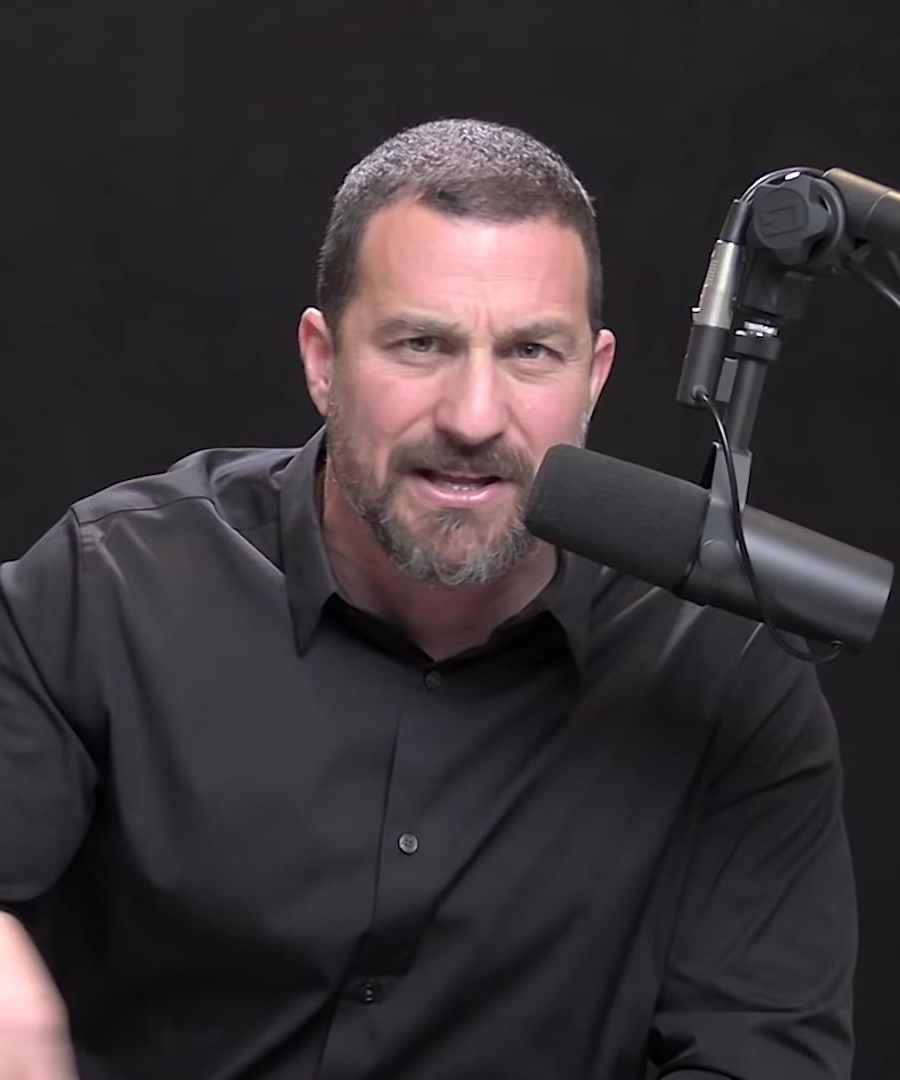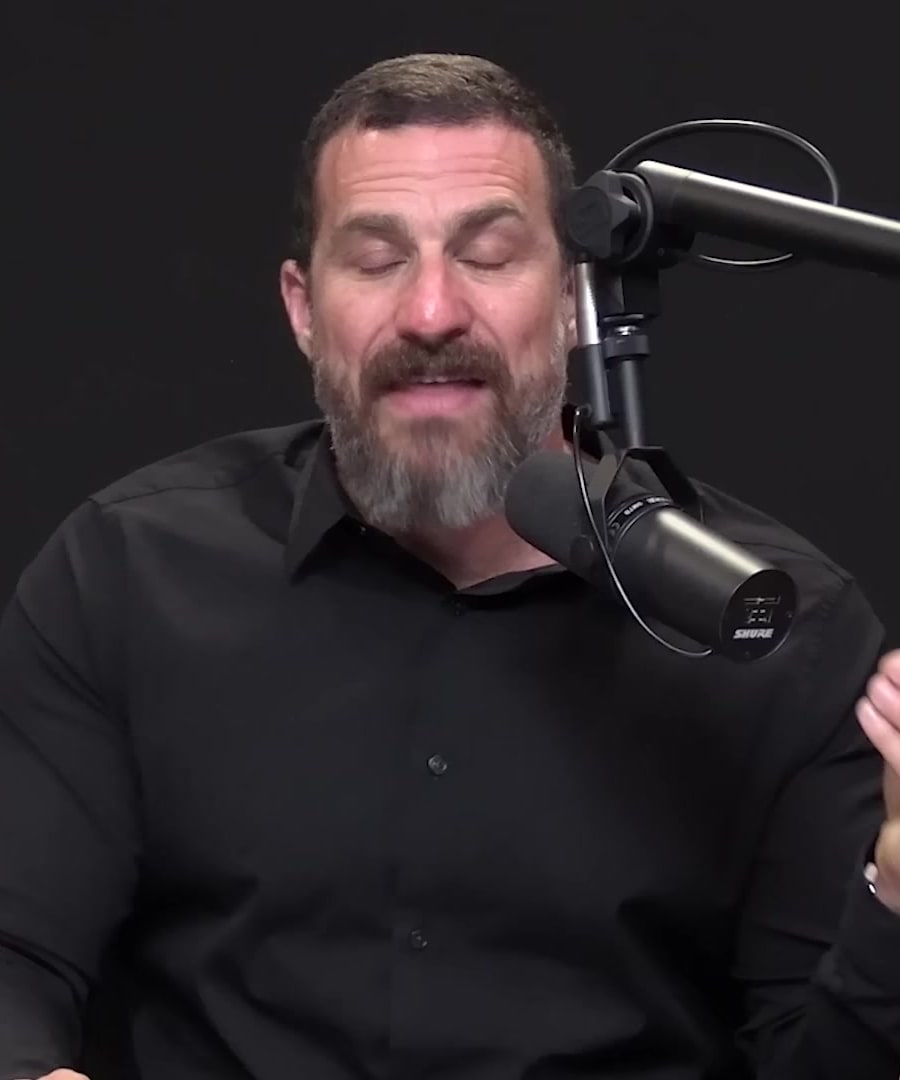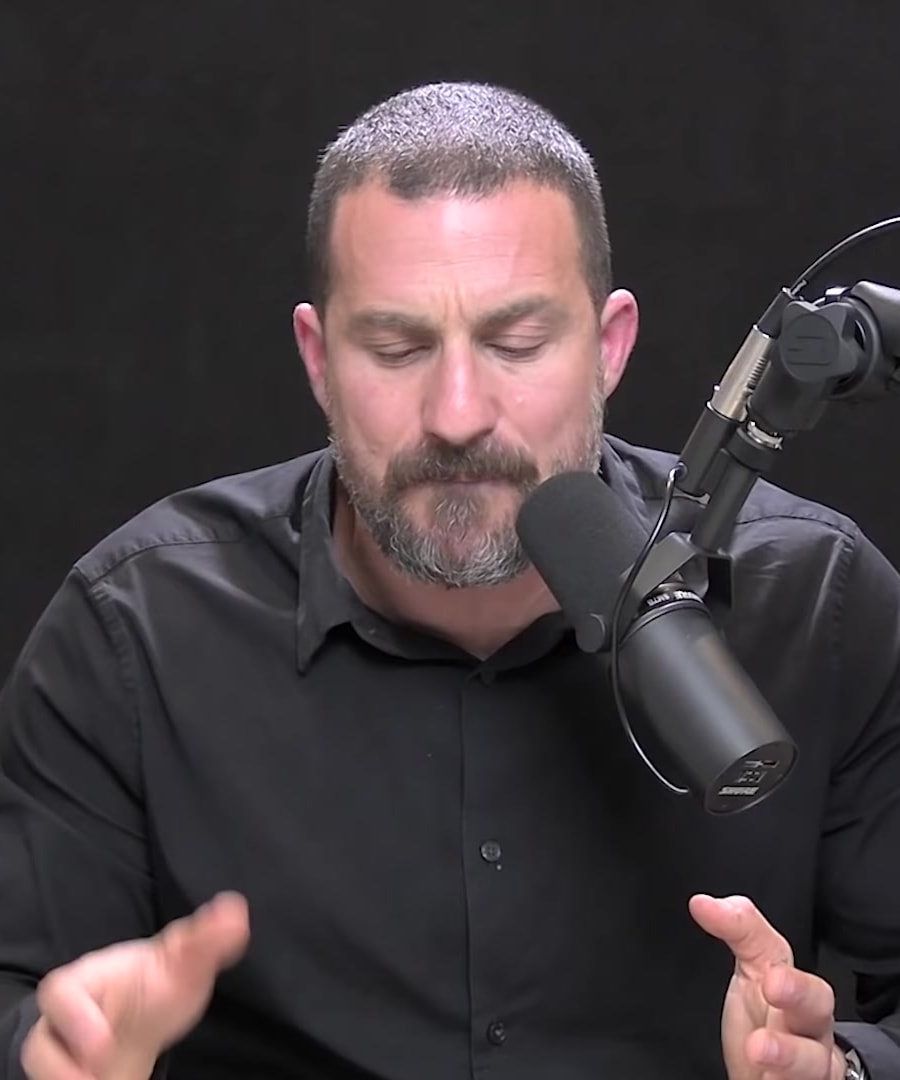Double inhale
Sources:
The term "double inhale" refers to a breathing technique known as the physiological sigh, which involves taking two inhales followed by a long exhale. This method has been highlighted by in several episodes of the . Here's a summary of its significance and mechanics:
What is the Physiological Sigh?
- Technique: Perform two inhales through the nose (the second inhalation can be a smaller, short inhale) followed by a long exhale through the mouth. This pattern should be repeated several times as needed.
- Purpose: The physiological sigh helps to reinflate the tiny air sacs (alveoli) in your lungs that may collapse with stress, allowing for a more effective elimination of carbon dioxide from the bloodstream. This can rapidly promote relaxation and calmness 1 2.
Benefits
- Stress Reduction: Engaging in this breathing pattern is one of the quickest ways to reduce stress. It bypasses cognitive control, which can be difficult during heightened emotional states 2.
- Regulation of Carbon Dioxide: The double inhale increases the intake of oxygen and helps balance carbon dioxide levels, combating feelings of agitation and jitteriness 1 2.
- Application in Daily Life: This technique can be particularly useful in everyday stressful situations, like being in a queue or when feeling overwhelmed. It can be done discreetly, making it accessible for various contexts 2.
Practical Use
- Calmness and Focus: The physiological sigh can help bring down autonomic arousal levels, making it easier to focus and perform tasks when feeling anxious or alert 3.
- Improving Breathing Mechanics: Understanding how to utilize this breath type effectively allows individuals to manage their physiological states more adeptly, which can enhance overall well-being and performance 3 4.
This technique taps into the body's natural mechanisms for regulating stress and can be a powerful tool for enhancing mental and emotional health. For further details, refer to the episodes on how breathing affects stress management and emotional regulation:[“Tools for Managing Stress & Anxiety”] and [“How to Breathe Correctly for Optimal Health”]{{cite
}} {{cite}}.RELATED QUESTIONS
Double inhale
- RELATED QUESTIONS



